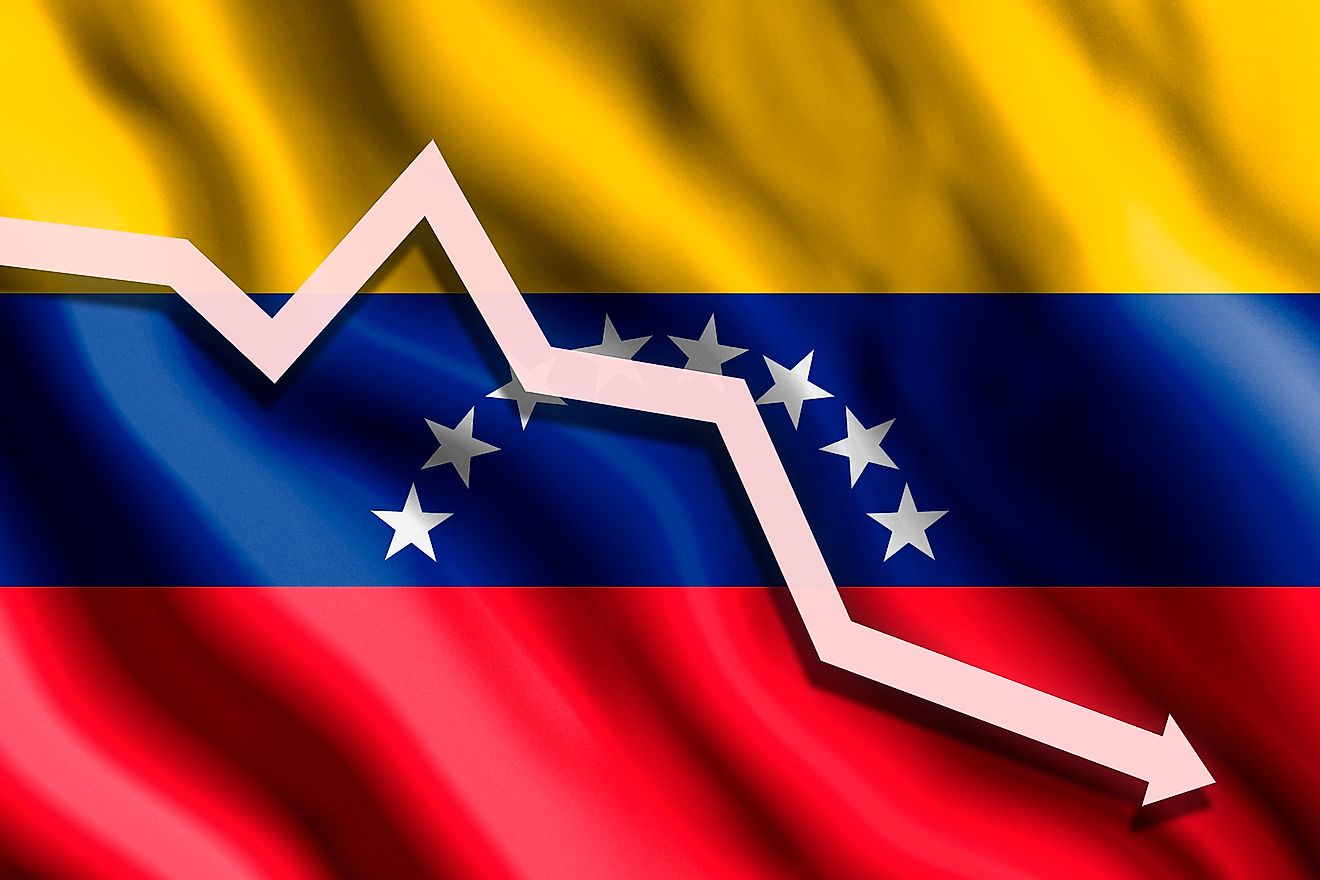Aristocracy
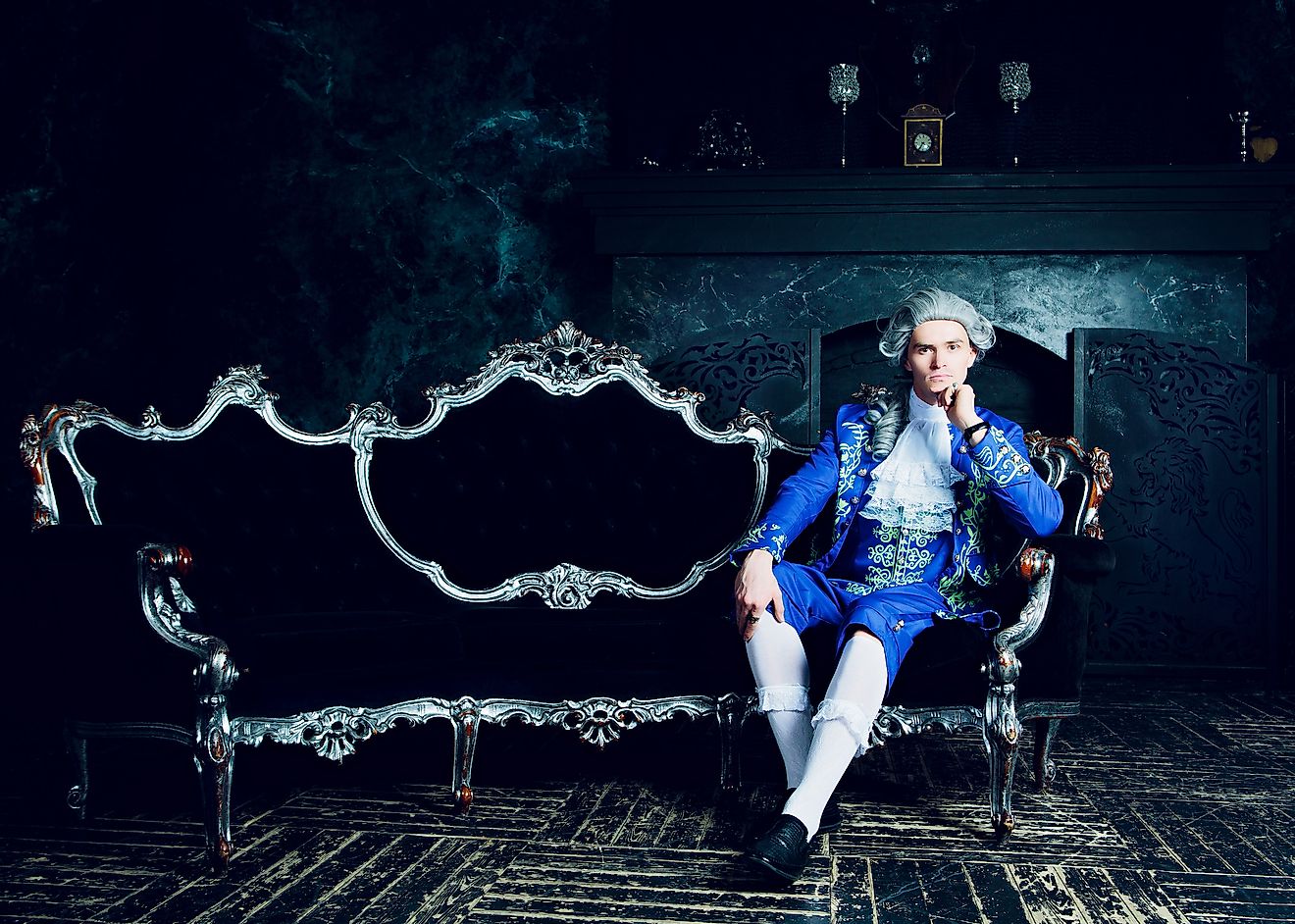
- Aristocracy literally translates as rule by the best. It is a form of government in which the rulers are a handful of the most intellectually and morally superior people in a society.
- The term, “aristocracy” is attributed to ancient Greek philosopher, Aristotle.
- Historically, an aristocracy has consisted of certain “noble” families and society’s most wealthy, rather than those of intellectual or moral prowess.
- Countries in Europe, such as the UK, Russia, and France were once ruled by powerful aristocracies.
- Aristocracies still exist in certain parts of the world. Some argue that an informal aristocracy made up of the world’s most wealthy people now exists.
Forms of aristocracy have existed since ancient times. The original concept of aristocracy implied that those who were part of it were somehow intellectually or morally superior to the general public. In practical terms, however, aristocracy has come to mean people who belong to certain families, or those who are very wealthy. Over the course of history, different aristocracies arose in certain countries, especially in Europe, where aristocracy was once the preeminent form of government. By the 19th century, however, aristocracies in countries like the UK, France, and Russia began to lose their power and significance. Today, traditional aristocracies still exist in some places, but have mostly been reduced to a ceremonial role, if they exist at all.
Defining Aristocracy
The word, “aristocracy” originates from Greek, and literally means kratos (“rule”) of the aristoi (“the best”). Thus, being a member of an aristocracy, otherwise known as an aristocrat, supposedly means being intellectually or morally superior, and therefore the best kind of person to rule. The term, “aristocracy” is attributed to noted philosopher, Aristotle. In ancient Greece, the aristocrats were people of certain “noble” families. The ancient Romans had a definition of aristocracy similar to that of the Greeks, although in ancient Roman society from the 4th century BCE onward, it was possible for a common person to ascend to the ranks of the nobility.
In contrast, the concept of aristocracy in medieval times involved an ironclad separation of the aristocrats, which usually consisted of monarchs and their lords, from the common people. In medieval times, it was rarely possible for a commoner to climb the ladder and rise to the aristocracy. Indeed, membership in medieval aristocracy almost always involved someone who was already an aristocrat bestowing the status on a commoner, such as when monarchs gave out knighthoods. Land ownership has also been a consistent part of the concept of aristocracy throughout history, as people who were thought of as aristocrats in both ancient and medieval times usually owned significant amounts of land. Furthermore, it should be noted that although being an aristocrat implies having the intellectual and moral superiority to govern, at least according to the literal, ancient definition, an aristocracy can consist of both a governing elite and a non-governing elite. The non-governing elite could be just as wealthy as the governing elite, though not directly involved in governing.
Historical Aristocracies
United Kingdom
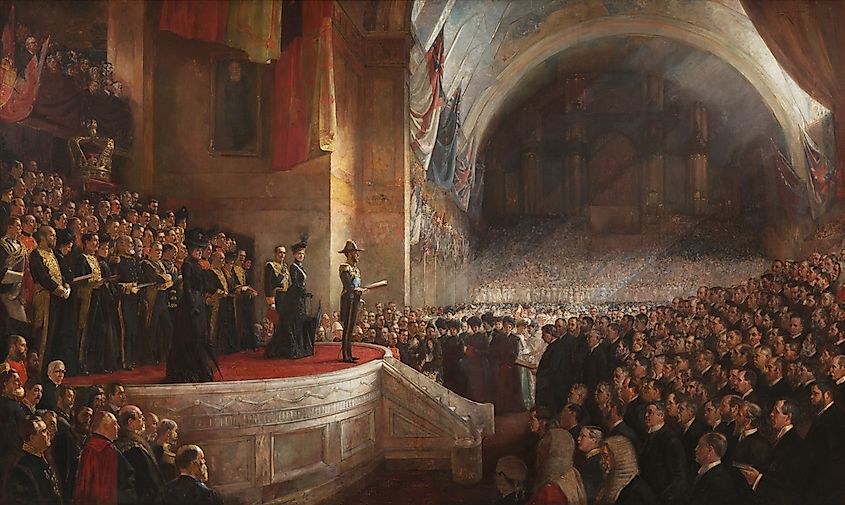
The United Kingdom’s aristocracy is known as the peerage system, and dates back nearly a thousand years, to the end of the Norman Conquest of Great Britain in 1066 CE. At that time, William I, otherwise known as William the Conqueror, divided the land into manors, which were governed by Norman noble barons. The status of nobility was passed through heredity, onto the eldest son. In the 13th century, King Henry III assembled these noblemen together to create what is now known as the House of Lords. One century later, the House of Commons, composed of commoners elected from the country’s towns and shires, was formed, joining together with the House of Lords to form the British Parliament.
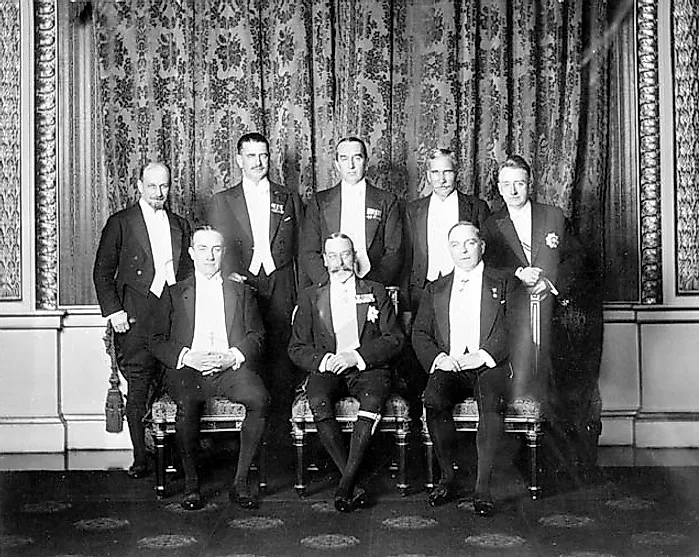
From the 14th century onward, several ranks of nobility were created by England’s monarchy. These include the ranks of duke, marquess, earl, viscount, and baron. To this day, peerages are given by the British monarchy, though new hereditary peerages are only granted to members of the royal family. For example, Prince William was given the title of Duke of Cambridge by Queen Elizabeth II on his wedding day. There are also life peerages that are granted by the British government to honor certain individuals. Being made a life peer gives you the right to sit and vote in the House of Lords. In fact, most of the people who sit in the UK’s House of Lords today are life peers rather than hereditary peers.
Russian Empire
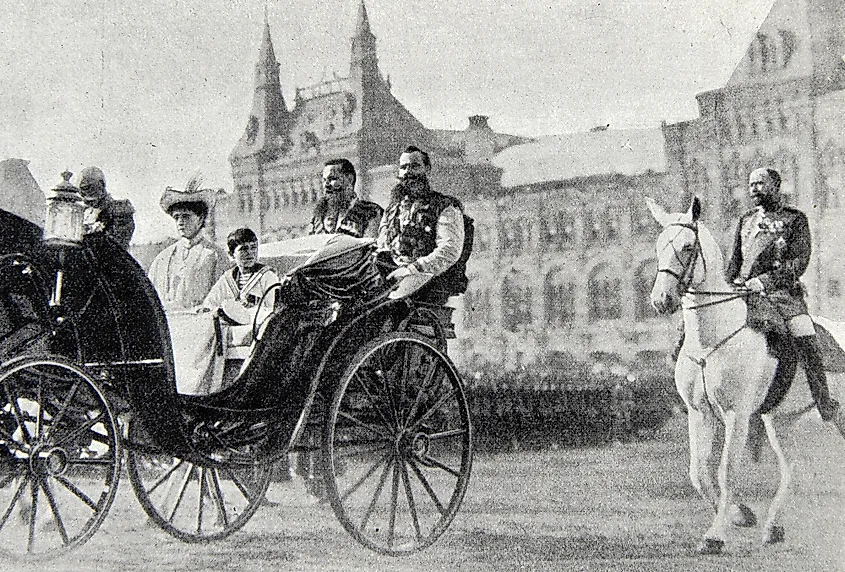
The Russian aristocracy arose in the 14th century. They were known as the Dvoryanstvo, which is a term derived from the Russian word, dvor, meaning the court of a prince, duke, or czar. By the 17th century, this aristocracy comprised the majority of land owners in the Russian Empire. A key change to the system of aristocracy was made in the 17th century, by Russian czar Peter the Great. He changed the system so that instead of aristocrats being promoted by virtue of heredity, they would instead be promoted based on the value of their actual service that they provided to the monarchy.
In the 18th century, the rights and privileges of Russia’s aristocracy were codified in a law known as the Charter of the Gentry. This charter set up the aristocracy’s organization, including the Assemblies of Nobility that were convened in every Russian province. In the 19th century, however, Russia’s aristocracy had become disorganized. In many cases, the estates of Russian aristocrats were mismanaged or neglected. In addition, political reforms, such as the abolition of serfdom, weakened the power and authority of the Russian aristocracy. In 1917, the Russian aristocracy came to an end after the October Revolution that brought the communist Bolsheviks to power.
France
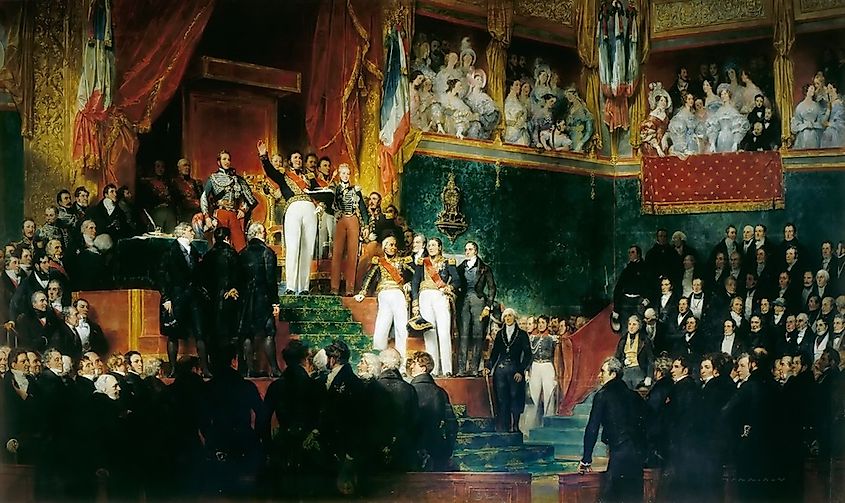
The French aristocracy arose during the Middle Ages. Most French aristocrats gained their status through heredity, though some were made members of the aristocracy by France’s monarchy. Others bought their titles or became members of the aristocracy through marriage. French aristocrats had special rights and privileges, such as the right to hunt, to wear a sword, and to own land. They were also exempt from paying property taxes. Certain religious, civic and military positions were reserved for members of France’s aristocracy. In return, these aristocrats were expected to be loyal to the French king and serve him.
In the French Revolution of 1789, the French aristocracy was briefly abolished. It was restored in 1805, but had very limited privileges. During the 1848 Revolution, the French aristocracy was again abolished, though hereditary titles were still granted until 1870. These titles, however, came with no special privileges. Today, the descendants of France’s aristocracy retain their ancestors’ titles, but only as a social custom.
Aristocracies Today
Aristocracies are still alive and well in some societies throughout the world. Familial aristocracies, for example, control the Arab countries of the Persian Gulf. The aristocracies of Europe, however, have generally been reduced to being ceremonial, if they exist at all. Many argue that an informal aristocracy consisting of the world’s most wealthy individuals exists. This modern aristocracy is often referred to as the 1%, whose wealth supposedly gives them undue influence over the economies and politics of the world.











